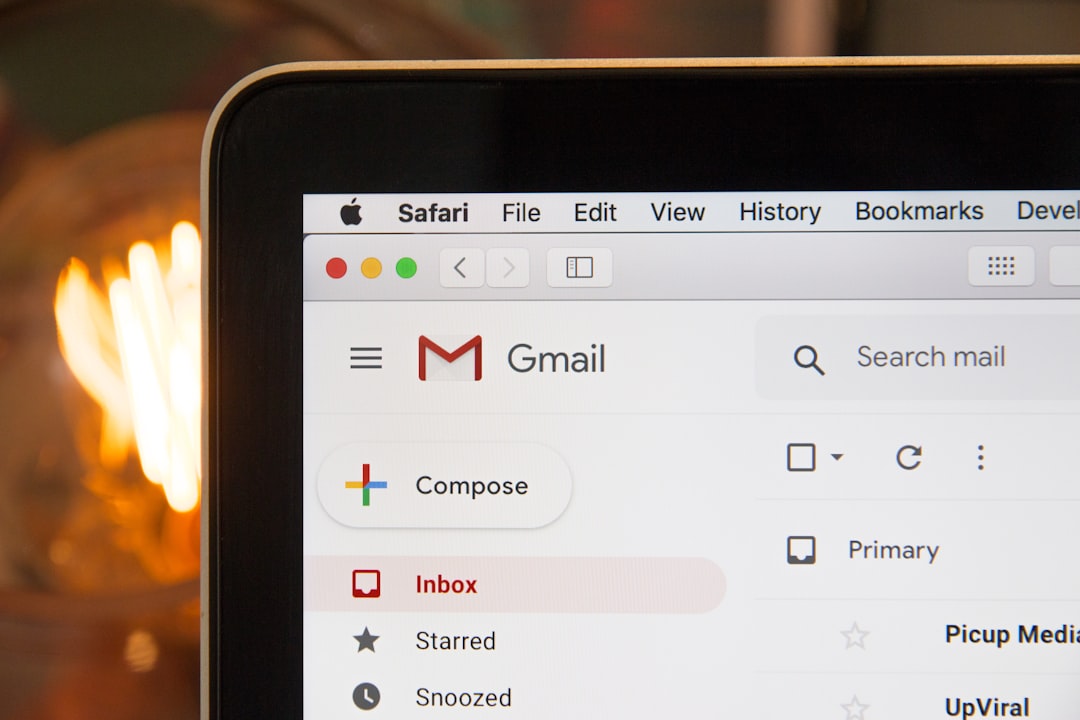
Email Spoofing Techniques Exposed: Understanding the Risks and Mitigations
In the digital age, email remains a cornerstone of communication. However, the rise of email spoofing has introduced significant risks to both individuals and organizations. This article aims to expose the techniques behind email spoofing, discuss its implications, and explore methods to mitigate these risks.
What is Email Spoofing?
Email spoofing is a technique used by cybercriminals to send emails that appear to originate from a legitimate source. This deceptive practice exploits the trust users have in familiar email addresses, leading to potential phishing attacks, data breaches, and financial fraud.
Common Email Spoofing Techniques
1. Simple Mail Transfer Protocol (SMTP) Spoofing
SMTP is the standard protocol for sending emails. Cybercriminals can manipulate the SMTP headers to conceal the true origin of an email. By altering the “From” address, attackers can make it appear as though the email is coming from a trusted source. This technique is particularly effective because many email clients do not verify the sender’s identity.
2. Domain Spoofing
Domain spoofing involves creating a fake domain that closely resembles a legitimate one. For example, an attacker might use “example.com” instead of “example.org”. These slight alterations can trick users into believing the email is from a trusted organization. Cybercriminals often use this technique to launch phishing campaigns, enticing recipients to click on malicious links.
3. Display Name Spoofing
In this method, attackers manipulate the display name associated with the email address. For instance, an email might come from “John Smith” but actually originate from “[email protected]”. This technique relies on users’ tendency to trust familiar names rather than scrutinizing the email address itself.
4. Email Relay
Email relay occurs when an attacker uses an unsecured email server to send spoofed emails. By relaying messages through an open SMTP server, attackers can hide their true identity. This technique is particularly concerning for organizations that fail to secure their email servers.
Implications of Email Spoofing
The consequences of email spoofing can be severe. Organizations may suffer data breaches, financial losses, and reputational damage. According to a study by the Internet Crime Complaint Center (IC3), losses from email spoofing scams have reached millions. Phishing emails can lead to unauthorized access to sensitive information, including login credentials and financial data.
Mitigating Email Spoofing Risks
To combat email spoofing, organizations and individuals can implement several strategies:
1. Implement SPF, DKIM, and DMARC
-
Sender Policy Framework (SPF): SPF allows domain owners to specify which IP addresses are authorized to send emails on their behalf. This helps prevent unauthorized senders from spoofing the domain.
-
DomainKeys Identified Mail (DKIM): DKIM uses cryptographic signatures to verify that the email content has not been altered in transit. This adds an additional layer of security.
-
Domain-based Message Authentication, Reporting, and Conformance (DMARC): DMARC combines SPF and DKIM to provide a comprehensive email authentication mechanism. It allows domain owners to specify how receiving mail servers should handle spoofed emails.
2. Educate Users
Training employees and users about the dangers of email spoofing is crucial. Regular workshops and simulations can enhance awareness and help individuals recognize suspicious emails. Encouraging users to verify the sender’s identity before clicking on links or downloading attachments can reduce risks.
3. Use Advanced Email Security Solutions
Investing in advanced email security solutions can help detect and block spoofed emails before they reach users’ inboxes. Many solutions employ machine learning algorithms to identify patterns in email behavior, flagging suspicious messages for further review.
Real-World Examples
One notable case of email spoofing involved a major financial institution that fell victim to a phishing attack. Cybercriminals spoofed the CEO’s email address and instructed employees to transfer funds to a fraudulent account. By the time the organization realized the scam, substantial financial losses had occurred.
Conclusion
Email spoofing techniques pose significant threats to individuals and organizations alike. By understanding these techniques and implementing appropriate security measures, users can protect themselves from potential cyber threats. As technology continues to evolve, staying informed about emerging trends and best practices in email security is essential for safeguarding sensitive information.
For further reading, consider exploring resources such as Anti-Phishing Working Group and Cybersecurity & Infrastructure Security Agency. Additionally, tools like Gmail’s Advanced Security Settings can enhance your email security.
Stay vigilant and proactive in your approach to email security. Share this article with your network to raise awareness about the dangers of email spoofing, and encourage others to implement protective measures.


